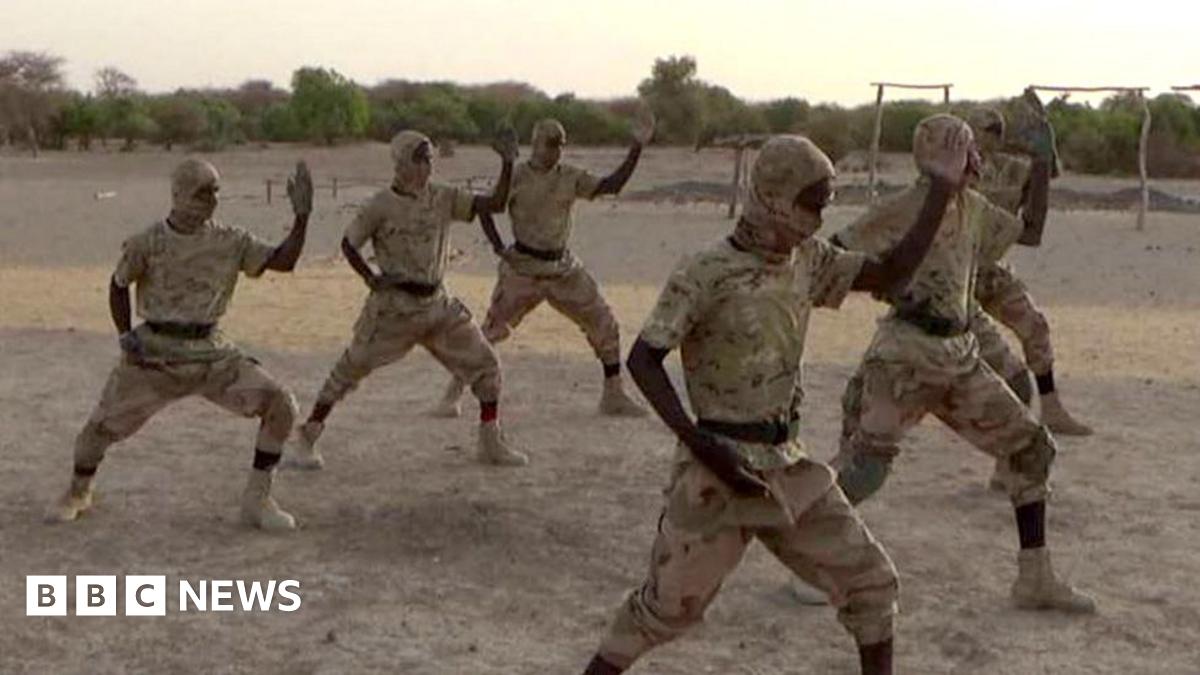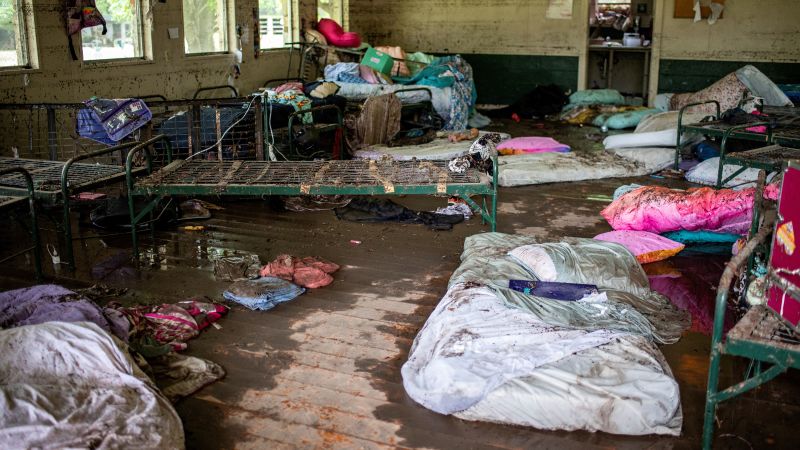Mali's JNIM: From Al-Qaeda Offshoot To Dominant Militant Group

Welcome to your ultimate source for breaking news, trending updates, and in-depth stories from around the world. Whether it's politics, technology, entertainment, sports, or lifestyle, we bring you real-time updates that keep you informed and ahead of the curve.
Our team works tirelessly to ensure you never miss a moment. From the latest developments in global events to the most talked-about topics on social media, our news platform is designed to deliver accurate and timely information, all in one place.
Stay in the know and join thousands of readers who trust us for reliable, up-to-date content. Explore our expertly curated articles and dive deeper into the stories that matter to you. Visit Best Website now and be part of the conversation. Don't miss out on the headlines that shape our world!
Table of Contents
Mali's JNIM: From Al-Qaeda Offshoot to Dominant Militant Group
Mali's security landscape has been dramatically reshaped by the Group for the Support of Islam and Muslims (JNIM), a jihadist organization that has evolved from a relatively minor Al-Qaeda affiliate into the dominant militant force in the Sahel region. Understanding JNIM's rise is crucial to comprehending the ongoing instability and humanitarian crisis in Mali and the wider Sahel.
From Fragmentation to Consolidation:
JNIM wasn't formed overnight. It emerged in 2017 through the merger of several previously independent jihadist groups operating in Mali, including Ansar Dine, the Macina Liberation Front (MLF), and Al-Qaeda in the Islamic Maghreb (AQIM)'s branches in Mali. This strategic consolidation significantly amplified their capabilities and influence. The merger, orchestrated under the leadership of Iyad Ag Ghaly, a veteran Tuareg jihadist, allowed JNIM to tap into a broader pool of resources, fighters, and regional networks.
JNIM's Tactics and Strategy:
JNIM's operational strategy differs from other militant groups in the region. They've skillfully employed a combination of guerrilla warfare, targeted assassinations, and sophisticated propaganda to maintain control and expand their influence. Their attacks range from ambushes against military patrols to complex assaults on civilian targets, creating a climate of fear and instability.
- Guerrilla Warfare: JNIM utilizes the vast, sparsely populated landscapes of the Sahel to their advantage, employing hit-and-run tactics and exploiting the weaknesses of government forces.
- Targeted Assassinations: The elimination of key government officials, community leaders, and perceived collaborators is a frequent tactic used to undermine state authority and sow discord.
- Propaganda and Recruitment: JNIM effectively leverages social media and local grievances to recruit new members, portraying themselves as protectors of the local population against a corrupt and ineffective government.
The Impact of JNIM's Dominance:
JNIM's control over swathes of territory in Mali has led to a significant humanitarian crisis. Civilians are caught in the crossfire, facing violence, displacement, and limited access to essential services. The group's influence extends beyond military operations; they impose their own brand of governance, often enforcing strict religious laws and exploiting local resources. This has further destabilized the region, contributing to the growing refugee crisis and fueling regional conflicts.
International Response and Challenges:
The international community, including the UN, France, and the G5 Sahel, has deployed troops to counter JNIM's activities. However, these efforts have faced significant challenges, including the vastness of the terrain, the group's adaptive tactics, and the complex interplay of ethnic and political dynamics. The ongoing French military withdrawal from Mali also presents a significant challenge to regional stability and the fight against JNIM. [Link to article on French withdrawal from Mali]
Looking Ahead:
The future of Mali and the Sahel remains uncertain. JNIM's ability to adapt, consolidate its power, and exploit existing grievances poses a considerable threat. Addressing the underlying causes of instability, such as poverty, inequality, and weak governance, is crucial to effectively countering JNIM's influence and promoting lasting peace and security in the region. This requires a multifaceted approach that involves military action, but also focuses on development, good governance, and reconciliation. Only a comprehensive strategy can hope to address the complex challenge posed by JNIM and restore stability to Mali and the Sahel.
Keywords: JNIM, Group for the Support of Islam and Muslims, Mali, Sahel, Al-Qaeda, Jihadist, Terrorism, Instability, Humanitarian Crisis, Security, Conflict, G5 Sahel, France, UN, Iyad Ag Ghaly, Guerrilla Warfare, Macina Liberation Front, Ansar Dine, Al-Qaeda in the Islamic Maghreb, AQIM.

Thank you for visiting our website, your trusted source for the latest updates and in-depth coverage on Mali's JNIM: From Al-Qaeda Offshoot To Dominant Militant Group. We're committed to keeping you informed with timely and accurate information to meet your curiosity and needs.
If you have any questions, suggestions, or feedback, we'd love to hear from you. Your insights are valuable to us and help us improve to serve you better. Feel free to reach out through our contact page.
Don't forget to bookmark our website and check back regularly for the latest headlines and trending topics. See you next time, and thank you for being part of our growing community!
Featured Posts
-
 Post 7 7 Evaluating Changes In Uk Security And Safety Measures
Jul 09, 2025
Post 7 7 Evaluating Changes In Uk Security And Safety Measures
Jul 09, 2025 -
 Political Crisis Deepens Pm Battles Backbench Revolt Over Healthcare Access
Jul 09, 2025
Political Crisis Deepens Pm Battles Backbench Revolt Over Healthcare Access
Jul 09, 2025 -
 From The Jaws Of Death Texas Flooding Survivors Tell Their Stories
Jul 09, 2025
From The Jaws Of Death Texas Flooding Survivors Tell Their Stories
Jul 09, 2025 -
 Cape Canaveral Launch Watch Space X Deploy 28 Starlink Satellites Live
Jul 09, 2025
Cape Canaveral Launch Watch Space X Deploy 28 Starlink Satellites Live
Jul 09, 2025 -
 Erin Patterson Trial Key Moments And Significant Testimony From The Nine Week Hearing
Jul 09, 2025
Erin Patterson Trial Key Moments And Significant Testimony From The Nine Week Hearing
Jul 09, 2025
